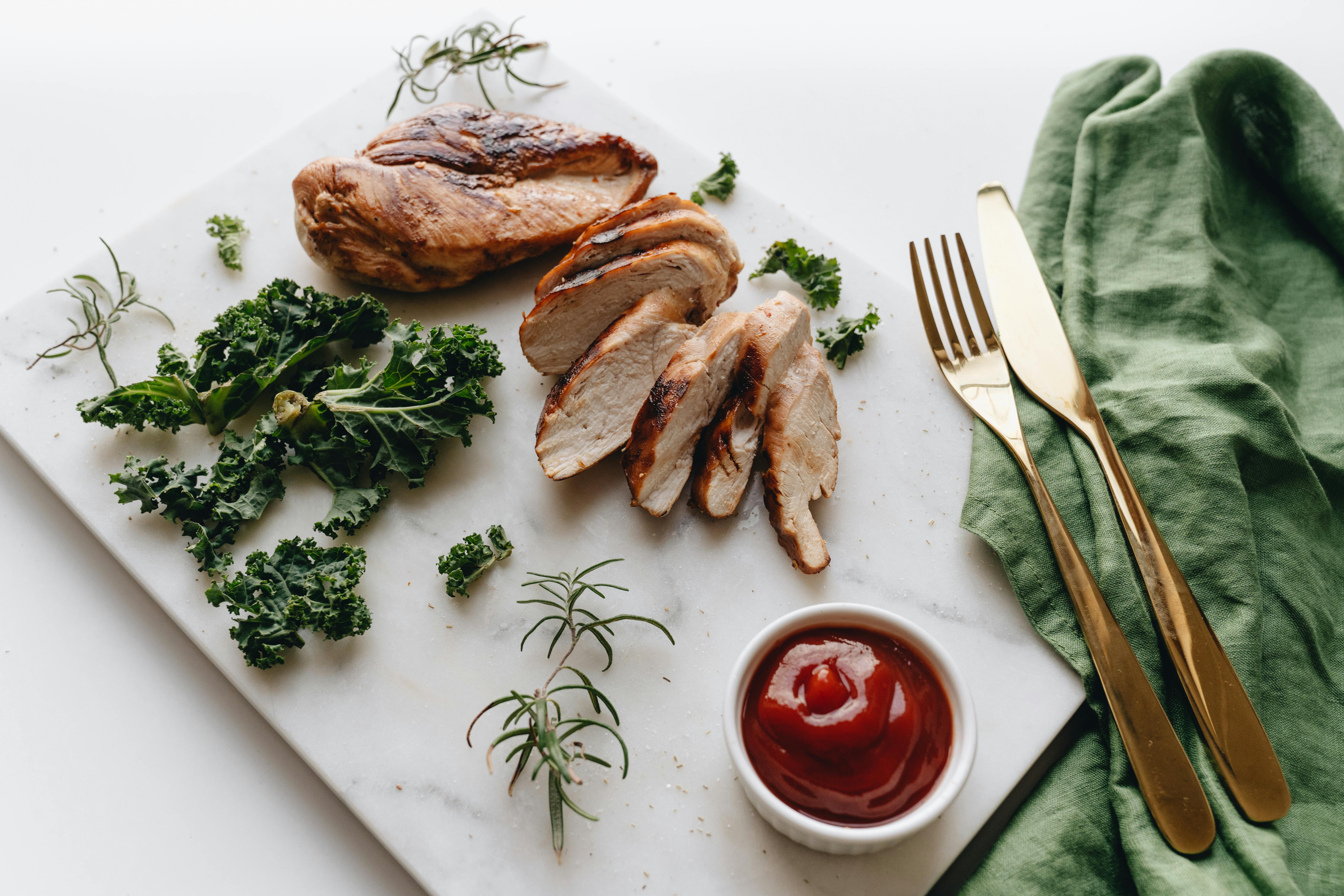Effective Ways to Determine if Something Is Real Gold in 2025

Effective Ways to Determine if Something Is Real Gold in 2025
As gold continues to be a valuable asset and a popular medium of exchange, the ability to differentiate between real gold and counterfeit is more important than ever. This guide delves into effective methods for identifying authentic gold. Whether you’re considering a purchase or assessing your existing jewelry, understanding how to tell if something is real gold is essential. Gold investment tips are crucial in today's market, ensuring that you make informed financial decisions.
This article will cover various gold testing methods—from visual signs of real gold to advanced techniques like ultrasonic testing. We'll explore practical at-home tests as well as professional verification processes, aimed at empowering you with knowledge about gold authenticity signs. Whether you are a buyer, collector, or simply curious, this comprehensive overview will guide you through the features that distinguish genuine gold from fakes. Here, we aim to provide a roadmap to the essential points every gold investor should consider.
You'll learn about hallmark identification, the importance of understanding gold purity stamps, and how to use items readily available to check gold at home. Remember: by equipping yourself with this knowledge, you can avoid common gold scams and ensure you're investing in the real deal.
Key Visual Signs of Real Gold
Building on the topic of understanding gold authenticity, the initial step in identifying real gold lies in visual inspection. Recognizing genuine gold begins with observing its distinct characteristics. Real gold holds a specific luster and hue that differs from fake alternatives. For instance, pure gold has a rich, warm color that stands out against other metals. This visual authenticity can sometimes be the first line of defense against counterfeit products.
Additionally, gold doesn't tarnish. One of the common characteristics of fake gold is its tendency to corrode or discolor over time. Inspect your jewelry for signs of fading or rust, which can indicate it's made from lower-quality metal. Physical properties such as weight and texture further enhance your visual inspection process, as real gold typically feels heavier for its size than its counterfeit counterparts.
Familiarizing yourself with jewelry authenticity checklists is particularly helpful when shopping. Look for gold overlay, gold plate, or gold-filled items that may be labeled deceptively. Each can have distinct markings that indicate their true nature. Also, remember that the color variations of gold—from rose gold to yellow gold—don't diminish the need to assess visual authenticity. The best practices for testing gold include examining these signs thoroughly before making a purchase.
Gold Testing Methods: From At-Home to Professional
With these visual fundamentals established, let’s delve into the various methods for testing gold. At-home tests are widely convenient and accessible, yet they vary in accuracy. For example, a popular DIY method involves checking the density of gold. Using a simple water displacement test can help you measure the weight of the gold piece against its volume to discern if it’s real gold or fake.
Another common home technique is the vinegar test. Applying vinegar to your gold and observing the reaction can indicate its authenticity. If the gold remains unchanged, it’s likely real; however, if it tarnishes, you may be dealing with a counterfeit piece. Always remember that common misconceptions about gold can lead to disappointment, so proceed with care.
For those seeking a more conclusive result, professional appraisal services are also available. Expert gold verification from certified professionals can provide peace of mind regarding your gold purchases. A reliable gold dealer should possess the necessary gold testing equipment to accurately assess purity and authenticity.
Being aware of the gold authenticity verification process can save you from falling for counterfeit gold indicators. Whether you entrust your testing to professionals or take a hands-on approach with at-home tests, understanding these methods is essential for any gold investor.
Understanding Gold Purity Stamps and Hallmark Identification
This brings us to the importance of gold hallmark identification. One of the simplest ways to determine the legitimacy of your gold items is to check for purity stamps. Hallmarks provide essential information, including the karat of the gold, which denotes its purity level. For instance, 24k gold is considered pure, whereas 14k gold contains only 58.3% pure gold mixed with other metals.
It's important to note that hallmarking standards can differ based on country regulations. Some regions may employ more strict guidelines for marking, which helps in verifying gold authenticity. If you’re unfamiliar with your local hallmarking system, consult resources online or engage with local gold trade compliance experts for guidance.
Additionally, understanding the melting point of gold is essential when it comes to evaluating its purity. High-quality gold usually has a steadfast melting point, which counterfeit materials typically do not replicate. In essence, being educated about gold purity indicators and the hallmark identification process can significantly enhance your purchasing confidence.
Advanced Testing Techniques: From Density Tests to Acid Testing
Taking this concept further, advanced testing methods like the density test for gold and the acid test for gold provide reliability that basic visual inspection cannot. The density test measures the object's weight in air versus its weight in water, helping you define whether the metal is genuine cash investments. Real gold has a specific density (around 19.3 g/cm³) that counterfeit metals typically can’t match.
The acid test for gold, although a bit more involved, can lead to definitive results regarding gold's authenticity. This chemical test employs nitric acid, which reacts uniquely with real gold compared to fake gold or gold foil. While this method is reliable, it’s important to execute it carefully since employing harsh chemicals requires safety precautions and experience. For those hesitant about conducting such tests, professional testing services are recommended.
Professional gold testing often includes utilizing ultrasonic testing technology, which provides non-destructive results while analyzing the gold’s characteristics. Understanding these advanced techniques prepares you for more rigorous evaluation when buying or investing in gold.
Recognizing Fake Gold: Tips and Tricks for Buyers
As we wrap up our guide on identifying authentic gold, let’s look at some common indicators that can help you spot counterfeit gold. Recognizing genuine gold effectively requires attention to detail and an understanding of common gold scams. Many fraudsters employ tactics that make their fake products appear real; however, they often fail in close inspection.
Start by looking for counterfeit gold indicators such as price points that are too low to be believable. If a deal seems too good to be true, it probably is. Authentic gold jewelry carries a certain financial value, and sudden markdowns can be a red flag.
In addition, consider reaching out to trusted gold sellers who have established reputations. Building relationships with reputable dealers—noting their gold certification processes—can safeguard against purchasing counterfeit items. Even employing gold testing kits can be beneficial for home buyers wanting assurance before completing a transaction.
Lastly, be cautious of how to check gold at home without tools. While various DIY methods exist, they may not yield conclusive results. Instead, prioritize safety and professionalism when assessing high-value items.
Q&A Section: Your Gold Authenticity Questions Answered
What are the best ways to determine if gold is real or fake?
The best methods include visual inspection, using density tests, and employing professional services for acid tests or ultrasonic testing.
Can I test gold at home?
Yes, you can perform several at-home tests, such as checking weight in water, observing color and signs of tarnishing, or even using vinegar for reactive responses.
What should I look for in terms of gold hallmark identification?
Check for purity stamps, which denote the karat of the gold. Familiarize yourself with local hallmarking systems for better verification.
Are there any common scams I should be aware of?
Be cautious of unbeatable prices and sellers without accreditation. Research trusted gold sellers, and look for signs of counterfeit gold characteristics.
How do professional testers evaluate gold purity?
Professionals utilize methods like the acid test, ultrasonic testing, or chemical analysis that require specific equipment and expertise.

